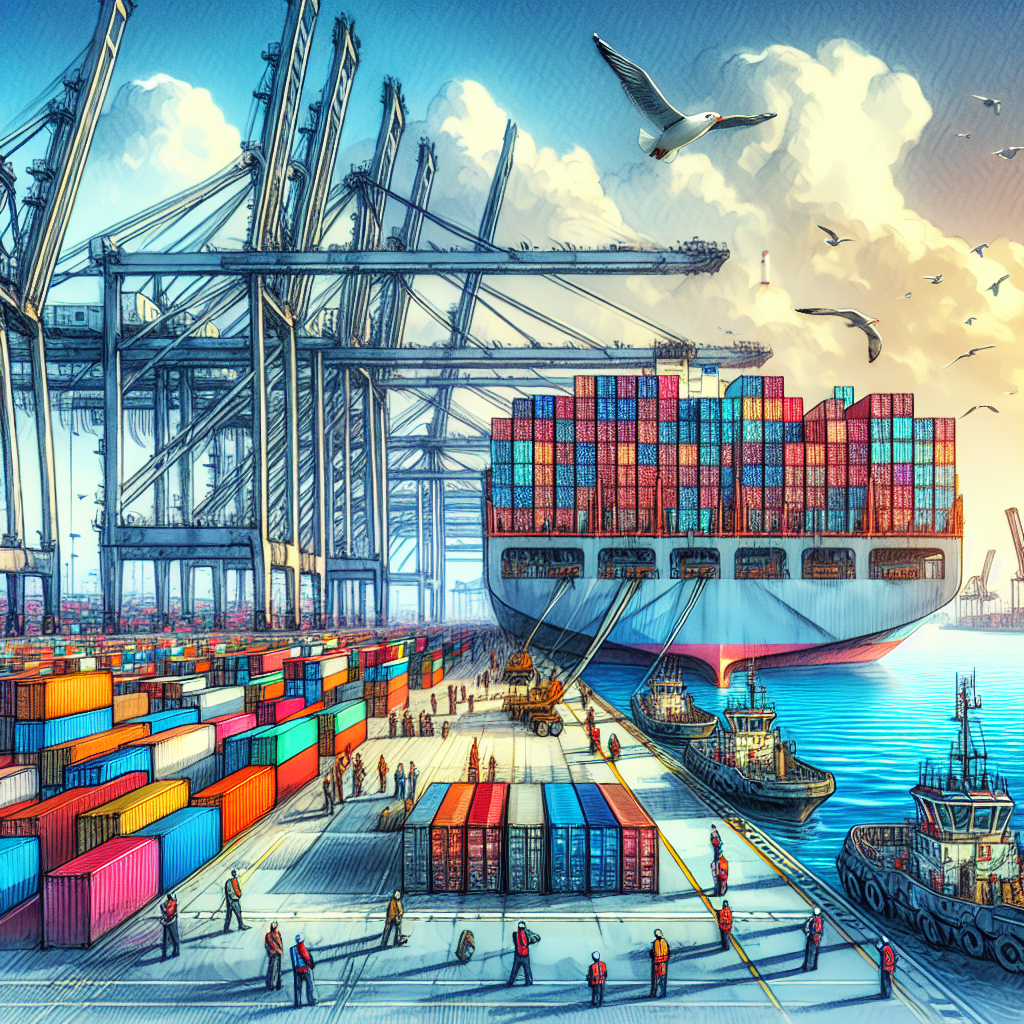Navigating the Green Seas: The Future of Shipping Fuels
Container shipping companies are investing in new vessels to reduce greenhouse gas emissions. They are exploring various green fuels like LNG, methanol, and ammonia, amidst challenges of cost and supply. The industry aims to cut emissions by 2050, pushing for global regulations to support greener shipping solutions.

Container shipping giants such as Maersk, CMA CGM, and COSCO are heavily investing in new vessels to meet their environmental goals. These efforts are part of a broader strategy to cut greenhouse gas emissions in response to increasing pressure from regulators and clients worldwide.
Despite these efforts, uncertainty looms over which green fuels will eventually become industry standards. Companies are hedging their bets by opting for dual-fuel engines that accommodate both emerging green fuels and traditional fossil fuels. Hybrid engines capable of running on LNG, methanol, and even ammonia are already drawing significant orders.
These pioneering steps are set against the backdrop of the International Maritime Organization's target of zero emissions by 2050. As shipping firms venture into alternative energy, they're calling for more explicit support and incentives from global policymakers to usher in a new era of environmentally-friendly maritime operations.
(With inputs from agencies.)










